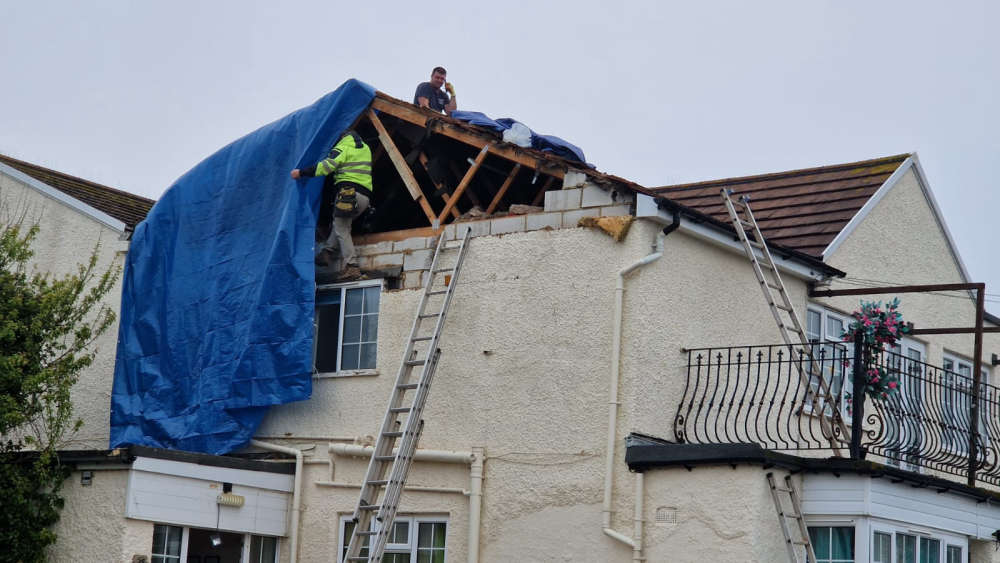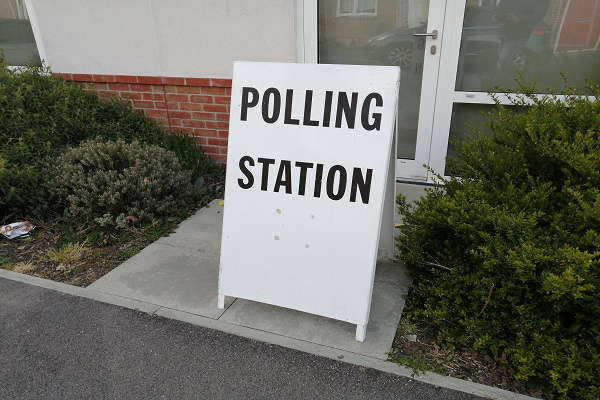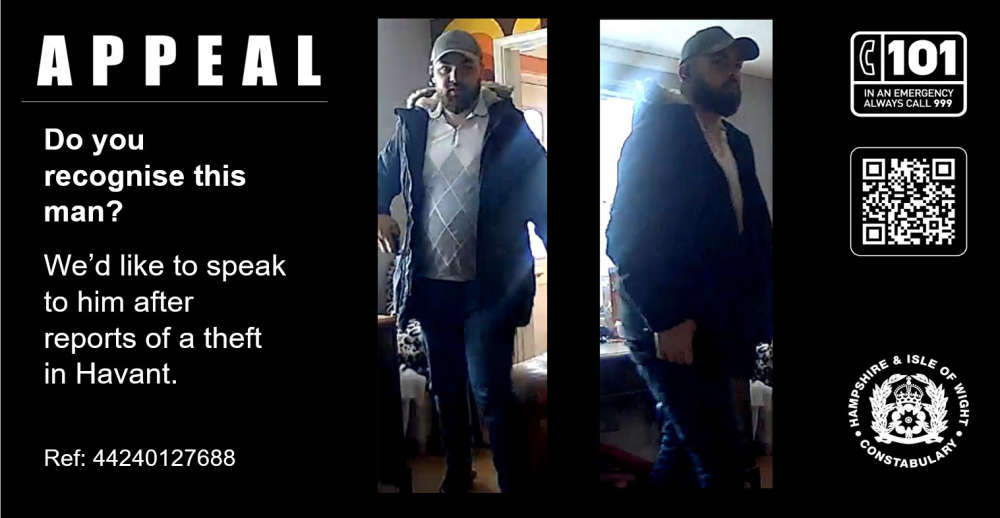
Firefighters are urging owners of thatched properties to ensure they protect themselves against the risk of fire breaking out in their homes with some simple prevention tips.
The warning on thatched properties comes after West Sussex Fire & Rescue Service responded to a significant fire in Middleton earlier this month. It is the second significant fire the service has been called to involving thatched properties in the last few months.
Thatched properties are most at risk from fires beginning in the chimney, and as fire and rescue services across the country prepare to support Chimney Fire Safety Week next week, the service is reminding property owners of the steps they can take to help keep themselves safe.
The first line of defence is to get chimneys swept by an experienced and qualified chimney sweep who should be able to identify potential problems at an early stage.
Burning wet wood or other inappropriate materials such as paper or card can also create sparks that increase the temperature of the thatch and make it more likely to set fire.
Thatch properties are also at risk from damaged or poorly installed electrical cables installed in the roof space of the property, as well as the risk of fire from outside of the property, with embers from nearby bonfires which also may present a risk of starting a fire.
Station Manager Simon Foster, one of the service’s Fire Investigation Officers, said: “Both of the recent thatch fires we attended began accidentally and were absolutely devastating for the owners involved.
“Thatch roofs are designed to repel water which makes tackling this type of incident very difficult once a fire breaks out.
“Living in a thatched property means you do need to consider your fire safety and follow this advice to mitigate against the risk of a fire breaking out.
“Prevention is essential, detection is nearly always too late.”
According to the fire service, property owners should:
- Install smoke alarms throughout the home and an interlinked smoke alarm for the loft space.
- Consider a system of heat sensors within the thatch and around the chimney for early warning if thatch is overheating.
- It is important to insulate the chimney flue to prevent heat from transferring to the thatch layer. This is especially important when a solid fuel or wood burner is installed - they burn at higher temperatures than conventional open fires.
- Fit a ‘bird guard’ to the chimney to deter birds from building nests.
- Have the electrical system throughout your home checked by a qualified electrician to ensure cables are installed correctly. Electric cables in the loft should run through insulated conduit and you should cover lights in the ceiling below with an intumescent hood.
- Before going to bed, ensure any naked flames are extinguished.
- Only burn dry, seasoned, hard wood.
- Don't have bonfires, set off fireworks or light sky lanterns near your property. It's a good idea to discuss this with your neighbours too.
- If you discover a fire, get out, stay out and dial 999.

 LOCAL ELECTIONS 2024: Results
LOCAL ELECTIONS 2024: Results
 VIDEO: Aerial footage shows full extent of mass ‘rave’
VIDEO: Aerial footage shows full extent of mass ‘rave’
 UPDATE: Lightning strikes across the South Coast
UPDATE: Lightning strikes across the South Coast
 Four men taking on World’s Toughest Row benefit from university sports expertise
Four men taking on World’s Toughest Row benefit from university sports expertise
 Local Elections: Voting begins across the South Coast
Local Elections: Voting begins across the South Coast
 CCTV images released following theft of gold chain in Havant
CCTV images released following theft of gold chain in Havant
 Man handed criminal behaviour order for shoplifting in West Sussex
Man handed criminal behaviour order for shoplifting in West Sussex
 Witness appeal following suspicious incidents in Arundel
Witness appeal following suspicious incidents in Arundel
 Billingshurst train track reopened after major incident
Billingshurst train track reopened after major incident
 MP for East Worthing and Shoreham will continue fighting for human rights
MP for East Worthing and Shoreham will continue fighting for human rights






